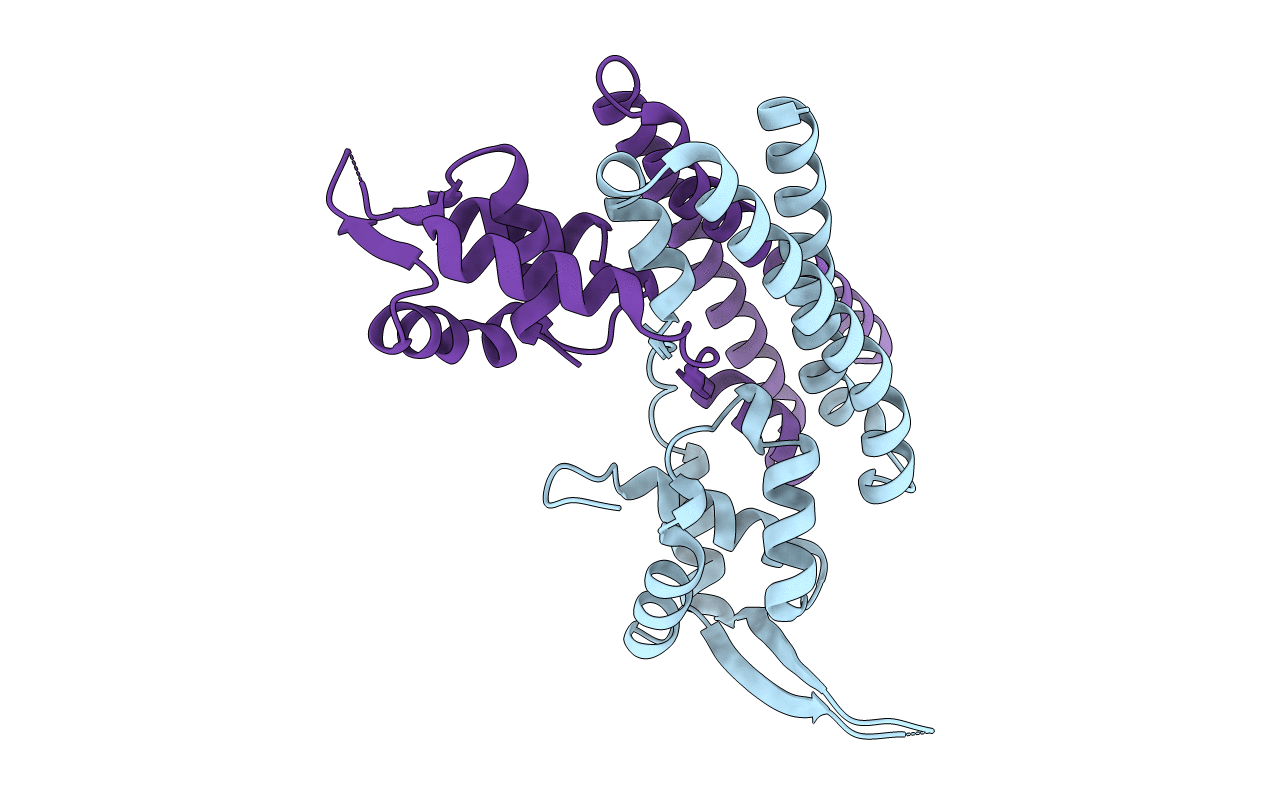
Deposition Date
2019-04-26
Release Date
2019-06-26
Last Version Date
2024-10-30
Entry Detail
PDB ID:
6JYI
Keywords:
Title:
Crystal structure of the PadR-like transcriptional regulator BC1756 from Bacillus cereus
Biological Source:
Source Organism:
Host Organism:
Method Details:
Experimental Method:
Resolution:
1.92 Å
R-Value Free:
0.24
R-Value Work:
0.20
R-Value Observed:
0.20
Space Group:
P 21 21 2


